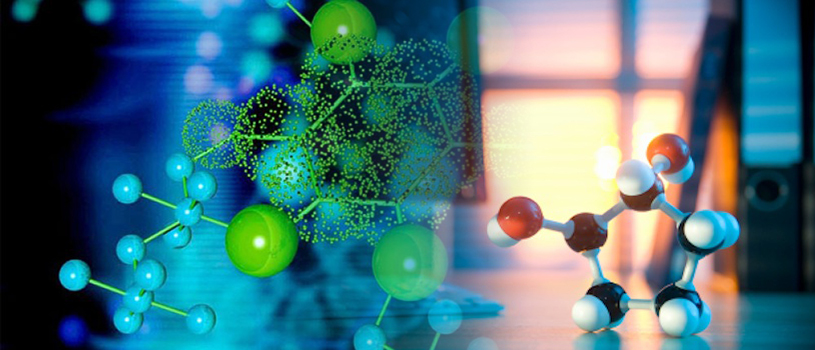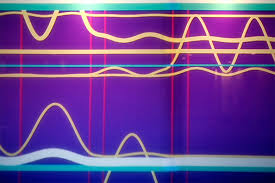
For the first time, scientists have created mini-kidneys from stem cells. They want to use the tissues to test drugs to treat kidney disease.

Researchers at the National Institute of Standards and Technology (NIST) have now managed a significant breakthrough.

A recent proposed microbe experiment based on Schrodinger's counter-intuitive theory would have a scale so small as to be almost meaningless, and other challenges such as consciousness also come into play

(PhysOrg.com) -- At 0:38 CEST (18:38 EDT) this morning, the LHC shift crew declared ‘stable beams’ as two 4 TeV proton beams were brought into collision at the LHC’s four interaction points. This signals the start of physics data taking by the LHC experiments for 2012. The collision energy of 8 TeV is a new world record, and increases the machine’s discovery potential considerably.

The first atlas of the surface of the human brain based on genetic information has been produced by a national team of scientists, led by researchers at the University of California, San Diego School of Medicine and the VA San Diego Healthcare System.

A team at Manchester Royal Infirmary hospital, England, claim to be the first surgeons to use 3D cameras and monitors -- and embarrassingly clunky spectacles -- during an operation. Furthermore, if that wasn

Using breakthrough techniques on some of the world

Physicists have seen the light, and it comes in many different colors. By aiming high- and low-frequency laser beams at a semiconductor, the researchers caused electrons to be ripped from their cores, accelerated, and then smashed back into the cores they left behind. This recollision produced multiple frequencies of light simultaneously.

(PhysOrg.com) -- Physicists at the University of California, San Diego have discovered patterns which underlie the properties of a new state of matter.

Scientists fail to find hidden dimensions, but will continue looking.

A hidden, never-before-recognized layer of information in the genetic code has been uncovered by a team of scientists at the University of California, San

The behavior of some of the most elusive particles in the known universe can be simulated using three atoms in a lab, researchers say.

Researchers have shown that nanocellulose stimulates the formation of neural networks. This is the first step toward creating a three-dimensional model of the brain. Such a model could elevate brain research to totally new levels, with regard to Alzheimer’s disease and Parkinson’s disease, for example.

Engineers believe that continued advances in creating ever-more exotic and sophisticated human-made materials will greatly improve their ability to control light at will.